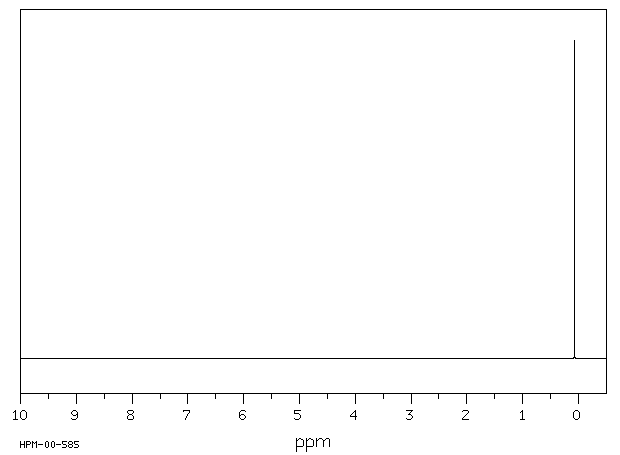毒理性
鉴定和使用:通常包括十二甲基环己硅氧烷(D6),其一般公式为 (-Si(CH3)2O-)x,呈环状结构,其中 x 通常小于 8,更常见的是 x 为 3-7。这种配方常用于化妆品。其它用途包括电子产品、家具、保健产品、炊具和医疗设备。它还用作表面处理、油漆、漆器和清漆。人类暴露和毒性:无数据。动物研究:D6 在大鼠口服或皮肤给药(2000 mg/kg)单次剂量时并未显示出毒性。将测试物质滴入兔眼中引起了结膜炎(红眼),所有反应在 24 小时内都已清除。D6 在兔子上连续 4 小时的皮肤应用并未引起刺激、腐蚀或染色。在大鼠上,每天以 1000 或 1500 mg/kg 体重的剂量连续给药 28 天并未产生局部或全身毒性的迹象。在大鼠的生殖/发育毒性筛选试验中,高剂量动物在肝脏(仅雌性出现脂肪变性)、肺和甲状腺中显示出显微镜下的发现。高剂量组报告了精子阳性、非妊娠雌性数量的增加。在雄性中,在两个最高剂量水平上,凝血酶原时间延长;然而,没有临床凝血异常的迹象。在肝脏和肾脏(两性)以及肾上腺(仅雌性)中观察到了绝对和/或相对器官重量的增加。D6 在使用 S. typhimurium TA 98、TA100、TA1535 和 TA1537 菌株的沙门氏菌反向突变试验中的致突变性进行了评估。D6 的致突变性还在使用 E. coli WP2 uvrA 菌株的大肠杆菌反向突变试验中进行了评估。D6 在沙门氏菌反向突变试验或大肠杆菌反向突变试验中,无论是否经过活化,均未表现出致突变性。
IDENTIFICATION AND USE: Typically including dodecamethylcyclohexasiloxane (D6) with a general formula of (-Si(CH3)2O-)x in a cyclic configuration, where x is generally less than 8, and more commonly x is 3-7. This formulation is commonly used in cosmetics. Other uses include electronics, furniture, health-care products, cookware, and medical devices. It is also used as surface treatments, paint, lacquers, and varnishes. HUMAN EXPOSURE AND TOXICITY: No data. ANIMAL STUDIES: D6 was not toxic in rats when given as a single dose orally, or dermally (2000 mg/kg). Eye instillation of the test substance induced conjunctival irritation (redness) in rabbits, and all reactions had cleared within 24 hours. The 4-hour dermal application of D6 did not induce irritation, corrosion, or staining in rabbits. In rats doses of 1000 or 1500 mg/kg body weight per day for 28 days did not produced signs of local or systemic toxicity. In reproductive/developmental toxicity screening tests in rats high dose animals demonstrated microscopic findings in liver (fatty change in females only), lung, and thyroid. An increase in the number of sperm-positive, non-gravid females was reported for the high dose group. In males, prothrombin time was prolonged at the 2 highest dose levels; however, there were no clinical indications of clotting abnormalities. Absolute and/or relative organ weight increases were observed in the liver and kidneys (both sexes) and in the adrenal glands (females only). Mutagenicity of D6 in the Salmonella typhimurium reverse mutation assay was evaluated using S. typhimurium strains: TA 98, TA100, TA1535, and TA1537. The mutagenicity of D6 was also evaluated in the Escherichia coli reverse mutation assay using E. coli strain WP2 uvrA. D6 was not mutagenic in the S. typhimurium reverse mutation assay or in the E. coli reverse mutation assay with or without activation.
来源:Hazardous Substances Data Bank (HSDB)










